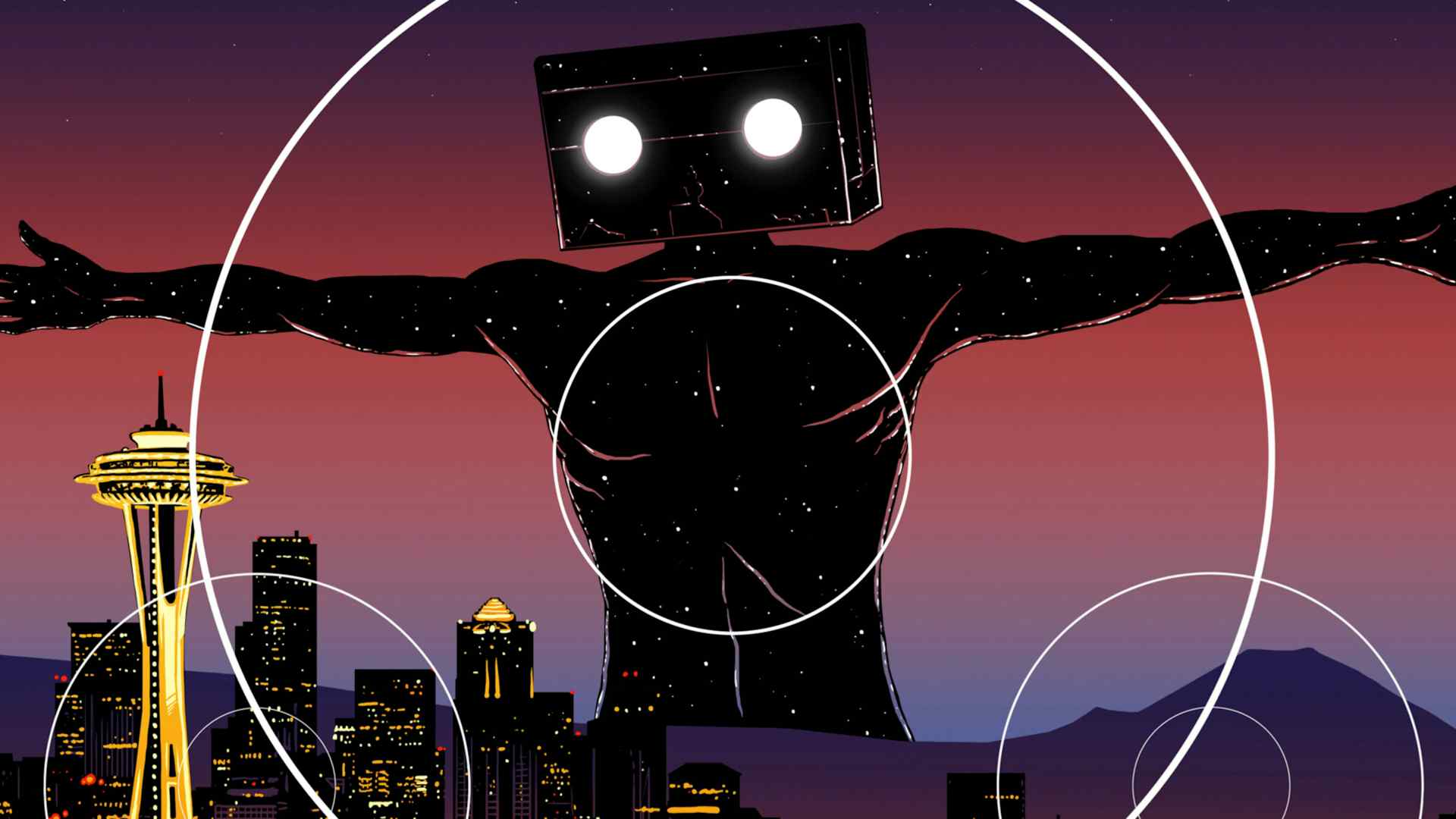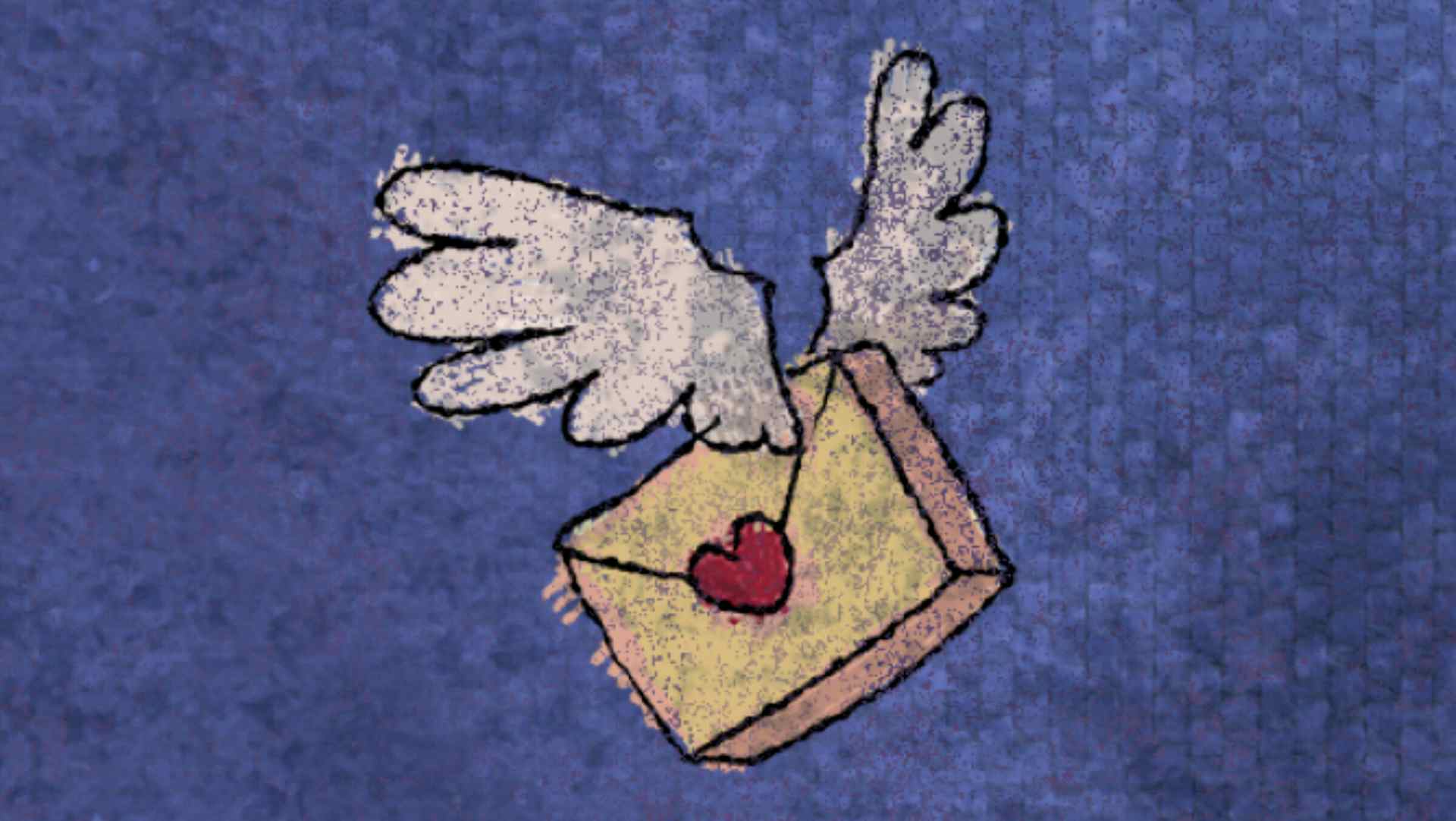
In this eight-week Scarecrow Academy season, we trace the gaudy, glittery, sometimes tragic story of the movie star. From the invention of the silent star through the Hollywood studio system's manufacturing of silver-screen gods and goddesses, through the upheavals of Method acting and the counterculture right up through the present moment, we'll trace what movie stars have meant to audiences—and ask why certain times demanded certain (sometimes wildly unlikely) stars.
We'll talk about how Archie Leach became Cary Grant, how studios squelched scandals, how Garbo made reclusiveness into publicity. We'll see how Sidney Poitier broke the color barrier, how Brando and Marilyn Monroe re-defined the star, how casualties like Judy Garland and Rita Hayworth were broken by the system. We'll trace the history of cool from McQueen to Clooney, analyze the longevity of Jack Nicholson and Tom Cruise, and fondly recall Brangelina.
There are no assigned films, but instructor and Scarecrow's "Programmer-Historian in Residence" Robert Horton will recommend a title for attendees to view before class. As always, Scarecrow Academy is free and online.
All sessions convene Saturdays, via Zoom at 2pm Pacific Time
Classes are free to all, but please register in advance.
Schedule and Registration
October 12: We look at how Hollywood created an industry around the manufacture of the star, including the bittersweet saga of Margarita Cansino, better known as Rita Hayworth. We'll see how personality (Cary Grant) and reticence (Greta Garbo) might be equally useful to a star persona.
October 19 off (bye week for Video Store Day!)
October 26: With the Hollywood studio system in full gear, the dream factories could protect their stars as well as create them. The control benefitted some (Clark Gable), and wounded others (Judy Garland)—and a few rebellious types like Bette Davis and Humphrey Bogart battled for their freedom.
November 2: The great change in the definition of movie stardom came with the arriving of Marlon Brando and the so-called Method, which brought something new to American acting and opened the door for a different kind of star. Meanwhile, James Stewart led the way for actors to be truly independent of studio contracts, and Sidney Poitier broke the race barrier.
November 9: The image of the female movie star went through some spectacular variations after World War II, as the dramatically different personas of Doris Day, Grace Kelly, and Marilyn Monroe can attest. Protecting a star's image found its apotheosis in the case of Rock Hudson, another manufactured star whose star image was too valuable to allow his real self to come out of the closet.
November 16: The 1960s bring more change, as apostles of cool such as Paul Newman, Steve McQueen, and Jane Fonda arrived. And yet there's something to be said for longevity, as the immense stardom of John Wayne remained at full gallop throughout the decade.
November 23: The era of the anti-hero allowed unlikely stars such as Jack Nicholson and Dustin Hoffman to begin their long careers, although there was still room for "likely" stars such as Robert Redford. And the history of great women movie stars (Barbra Streisand excepted) takes a rather dispiriting turn.
November 30: We ponder the phenomenon of the serious-actor-as-unwilling-star (Meryl Streep, Robert De Niro), as well as the age of the terse action hero (Schwarzenegger and Stallone, plus their indefatigable predecessor, Clint Eastwood). And let's watch Tom Cruise and Denzel Washington will their careers into being, step by determined step.
December 7: Bringing the study of the movie star to the present day, we consider how publicity can swamp our experience of even the best-defined stars: the short-lived era of Brangelina, for instance, or the scandals draped around Johnny Depp and Will Smith. We'll appreciate the old-fashioned kind of stardom embodied by George Clooney, and ask: Whither Keanu?


